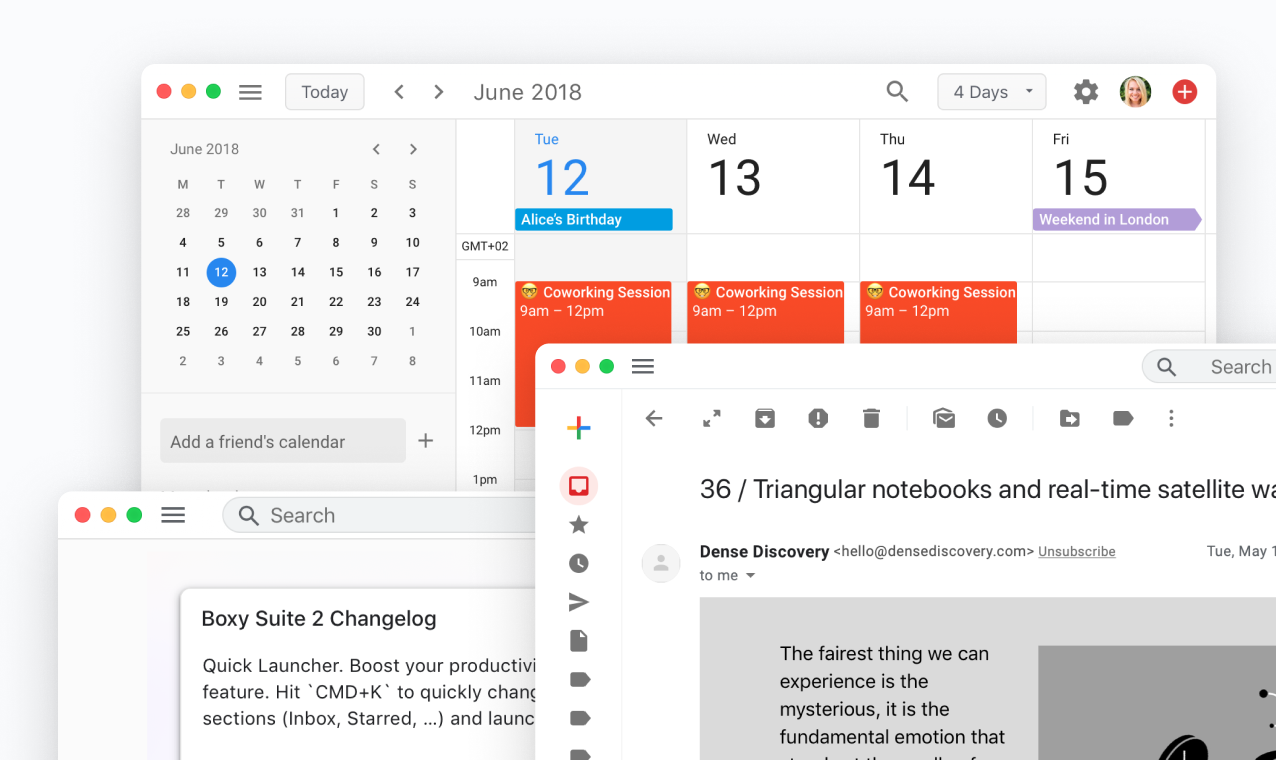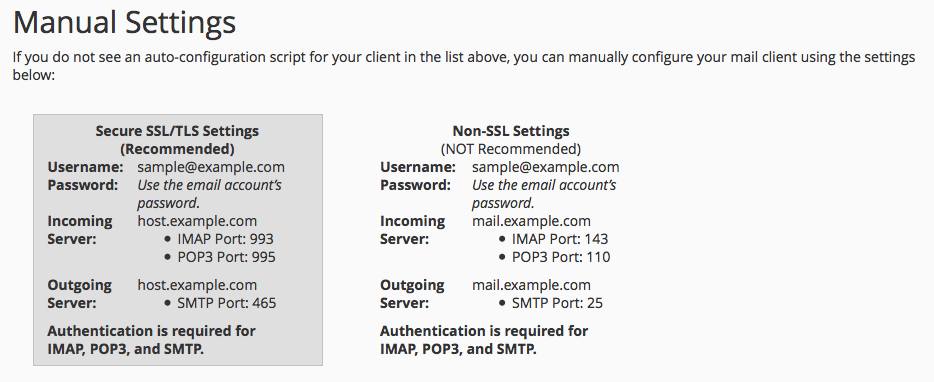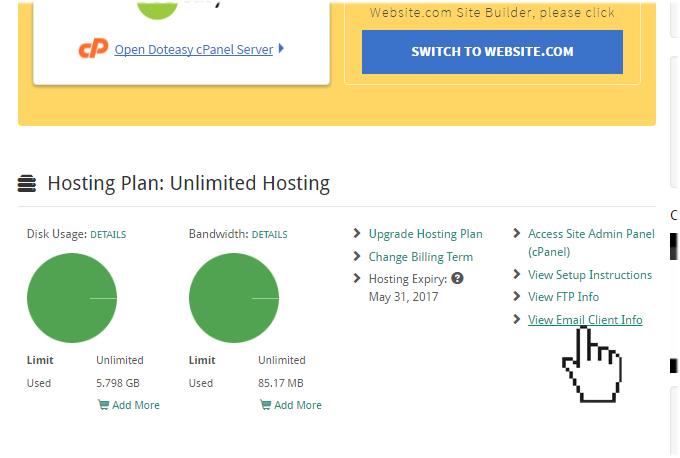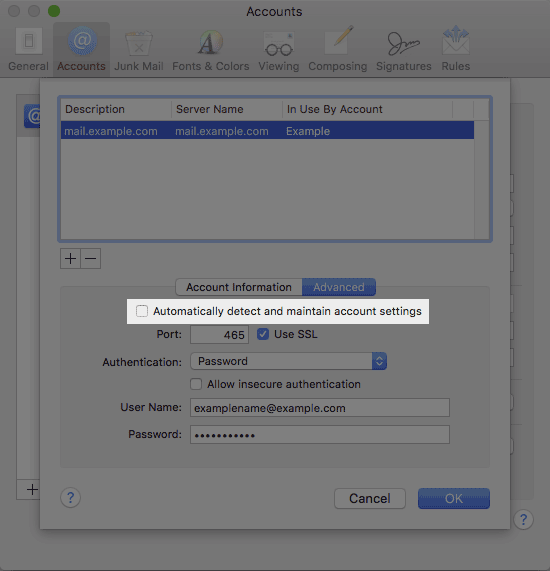
- #MAC EMAIL CLIENT POP3 FOR FREE#
- #MAC EMAIL CLIENT POP3 OFFLINE#
- #MAC EMAIL CLIENT POP3 DOWNLOAD#
- #MAC EMAIL CLIENT POP3 MAC#
You may find an email using the web client for Gmail that you were not able to find in the Apple Mail client. This used to be a real problem but it seems to be mostly resolved but if you can’t find an important Gmail email, you might want to use the web client to do another search. The one drawback that people complain about is that Apple Mail’s search feature doesn’t work that well with Gmail. You can filter mail from specific people, unread messages, read, messages, you name it, in order to work efficiently. Unknown to most, Gmail is one of the latest email servers to offer POP access for free.Apple Mail is a standard email client but it does have a notable mail filtering feature enabling you to filter mail based on criteria of your choice.
#MAC EMAIL CLIENT POP3 FOR FREE#
Some email servers start out web-based, offering neither the functionality of IMAP nor POP but evolve to include these functions either for free or a fee.
#MAC EMAIL CLIENT POP3 MAC#
Mac settings.Mac email servers support both IMAP and POP protocols. This is achieved by selecting ‘POP’ as Account Type and keying in your relevant. Mac email servers handle your email from IMAP to POP protocol. Mac email account using the IMAP protocol.ĭepending on what protocol your email server utilises, you can change this default setting by selecting the appropriate protocol in the ‘Account Type’ drop down menu. If you use Apple Mail as your email client, creating a new account always begins by default as a. Because of this, you must be very wary how you manage your emails on your local email client, since changes made will be synchronised and mirrored on your email server.Ī classic example of an email server that utilises the IMAP protocol is Apple’s. In contrast, IMAP, generally synchronises your emails on your email server and those that are on your local computer, leaving identical copies of the emails on the email server, ie what you see on your computer’s email client is what you will see on the email server and vice-versa. You can, however, set your email client to instruct the email server to leave a copy of the emails on the server, serving as a back up. Emails are, generally, removed from the email server and downloaded into your computer in the case of POP.

To the user, the main distinction between POP and IMAP, is how your emails are stored. IMAP was developed at Stanford University in 1986
#MAC EMAIL CLIENT POP3 DOWNLOAD#
You can then choose which messages to download to your machine. For example, with IMAP4, you can search through your e-mail messages for keywords while the messages are still on mail server.

The latest version, IMAP4, is similar to POP3 but supports some additional features. IMAP, Short for Internet Message Access Protocol.Ī protocol for retrieving e-mail messages. The newer version, POP3, can be used with or without SMTP.Ģ. The first, called POP2, became a standard in the mid-80’s and requires SMTP to send messages. Most e-mail applications (sometimes called an e-mail client) use the POP protocol, although some can use the newer IMAP (Internet Message Access Protocol). Two main protocols are commonly employed to carry out this function:Ī protocol used to retrieve e-mail from a mail server.
#MAC EMAIL CLIENT POP3 OFFLINE#
The alternative to this, is where you can download your emails into your computer and manage them, offline.ĭownload And Interact With Emails Offline You have to remain on the Internet the entire time that you’re interacting with your emails and emails are stored on the server at all times. The first method is typical for free email servers, eg Yahoo* and MSN Hotmail.


These days, there are two main methods people access their emails: This article attempts to unravel the mysteries of POP, IMAP and web-based email and give you a quick guide to setting up POP access on your Gmail account( “yes,… Gmail has had POP access functionality for some time now.”). We interact with all of these daily but yet most of us might not fully appreciate their value. When we talk about email, strange terms emerge, eg POP, IMAP and web-based email. Most of us have more than a single email account and these days, email skills seem to be paramount over whatever you’ve learnt in any tertiary education establishment.


 0 kommentar(er)
0 kommentar(er)
